What to eat and where
Kown for its traditional and cozy atmosphere, Antica Osteria l’Agania delights with home-cooked dishes and a selection of wines. Their homemade pastas with delicious sauces come highly recommended. Despite some opinions of it being tourist-oriented, many find the experience truly authentic and commendable.
A decades-old trattoria, Il Cantuccio serves classic Tuscan fare, famous for its homemade pasta dishes like tagliatelle with truffles and pici with chestnuts and porcini mushrooms. The place is celebrated for its genuine Tuscan food and has been a local favourite for approximately 40 years.
Il Cervo offers a well-known traditional Italian cuisine, including a deli counter with cold antipasto and homemade pasta with wild boar. Customers have the unique opportunity to select from freshly made items at the deli counter and watch as chefs cook them on the spot. The restaurant is praised for its generous portions, reasonable prices, and the quality of its authentic Tuscan food.
Where to Stay
Graziella Patio Hotel is a historic townhouse converted into a boutique hotel with 13 contemporary rooms and suites, some featuring private hot tubs or saunas. Ideal for couples and considered a great value within Arezzo.
Address: Via Cavour, 23, 52100 Arezzo AR, Italy
Il Borro is a beautiful hotel is situated in a vast 700-hectare estate that once belonged to the Medicis; this hotel offers a blend of modern comforts with medieval charm. It features 22 rooms and suites, three restaurants, a billiards room, pool, and sauna.
Address: Located in San Giustino Valdarno
Badia di Pomaio is a Tuscan stone abbey adorned with Scandinavian design elements. It offers 14 unique, light, and spacious rooms and suites, a lounge, bar, restaurant, and terrace. Authentic Tuscan cuisine and an excellent wine cellar add to its charm.
Address: Località Pomaio, 4, 52100 Arezzo AR, Italy
FAQ about Arezzo
Is Arezzo worth visiting?
Piazza Grande, the primary square in Arezzo, stands out as one of Italy’s most picturesque squares. Additionally, it holds a monthly antique market and biannual jousting reenactments in the main square. While Arezzo, nestled in the Tuscan hills, offers historical allure, we found it slightly less captivating compared to other Tuscan destinations.
What is Arezzo Italy famous for shopping?
Arezzo’s prosperity has been greatly influenced by the abundance of jewelers and goldsmiths. Every first weekend of the month, this square hosts the country’s most extensive antiques market. Visitors can explore an array of items such as art deco curiosities, jewelry, timepieces, books, rare prints, artworks, musical instruments, and vintage apparel.
What is the history of Arezzo?
Established by the Etruscans around the 4th century BC, Arezzo held significant importance as a military outpost throughout the Roman era. However, its prominence declined in the early Middle Ages. The town experienced a revival primarily under the influence of the Bishops, eventually gaining status as a free medieval commune in 1098. As an independent republic, Arezzo flourished and sustained its prosperity.
Is Arezzo a good base to explore Tuscany?
While not as known as some other areas in Tuscany, Arezzo remains a charming destination well worth exploring. This picturesque town boasts an array of captivating attractions, including fortresses, ancient relics, churches, and museums, offering a glimpse into the Roman era. Visitors can engage in antique markets, medieval jousting, and delightful food festivals held year-round. Positioned just a few hours from Florence, Arezzo serves as an ideal hub for exploring Tuscany. Its lesser-known status makes it an appealing choice for those seeking a quieter and more tranquil setting.




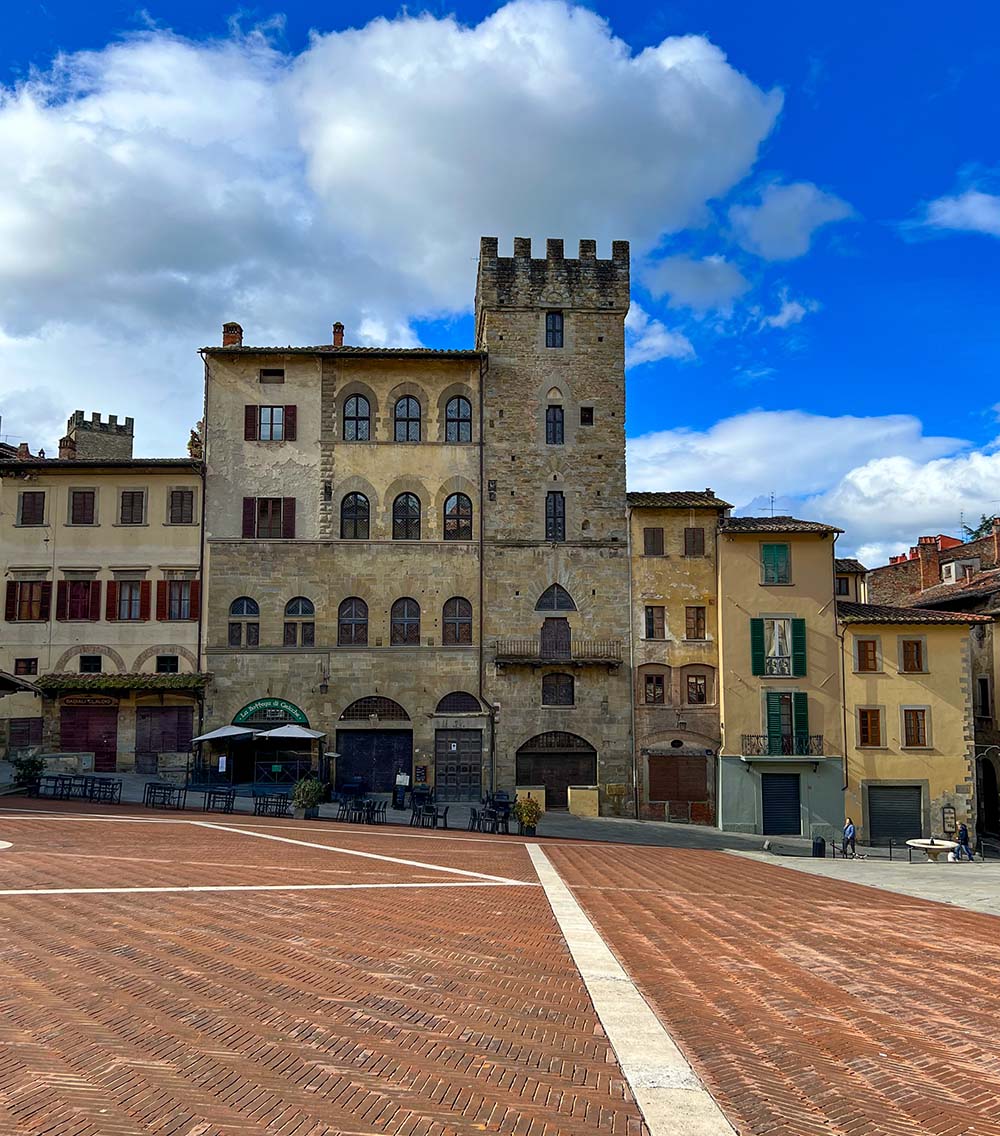
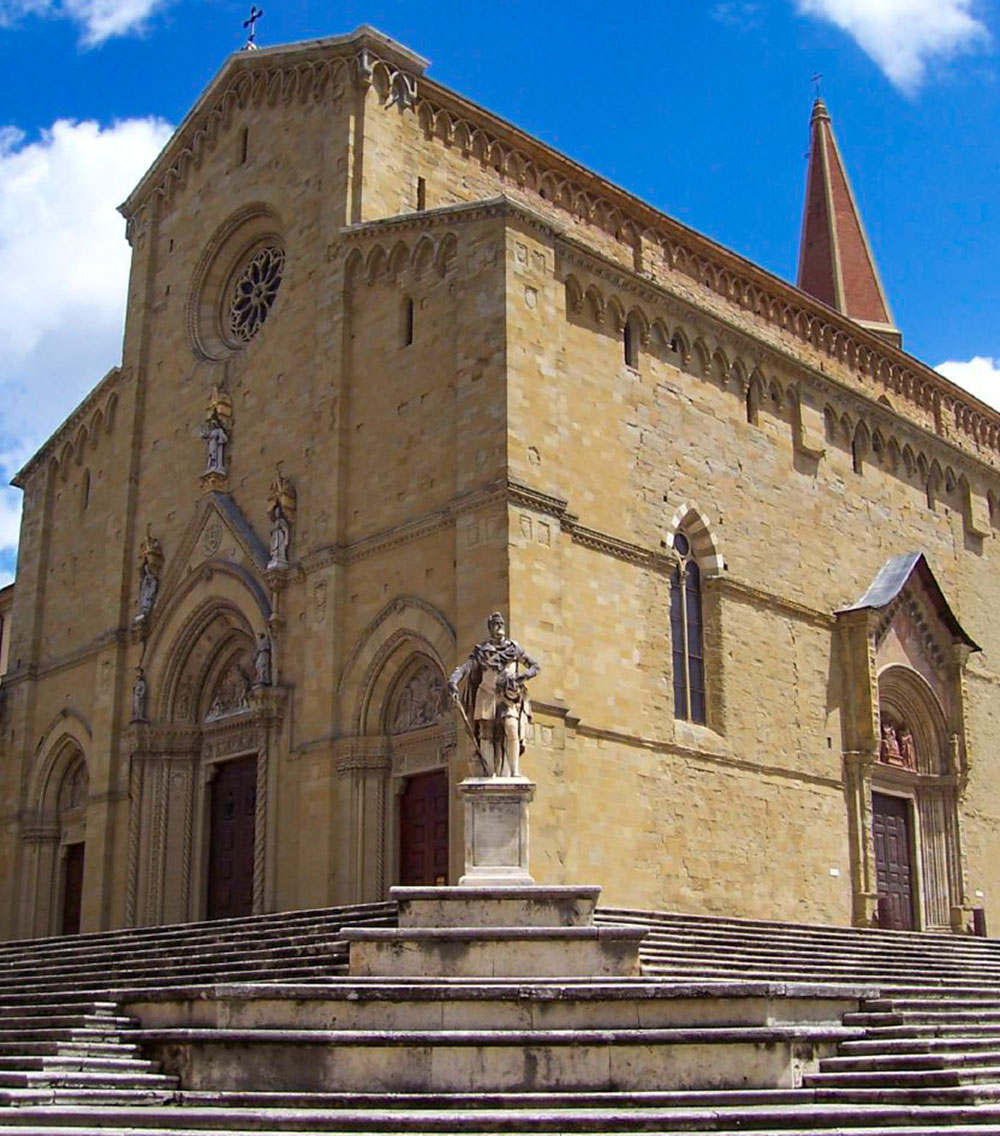
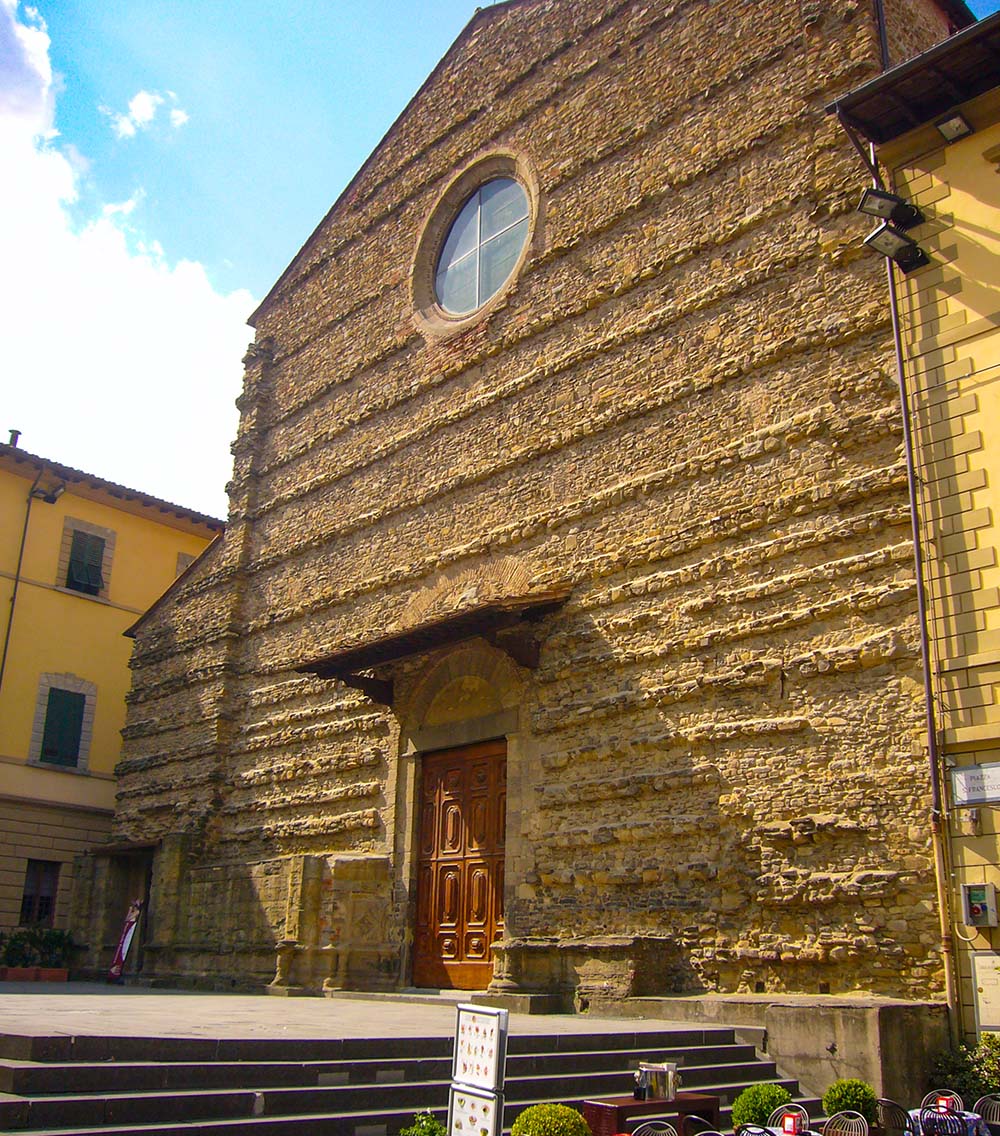
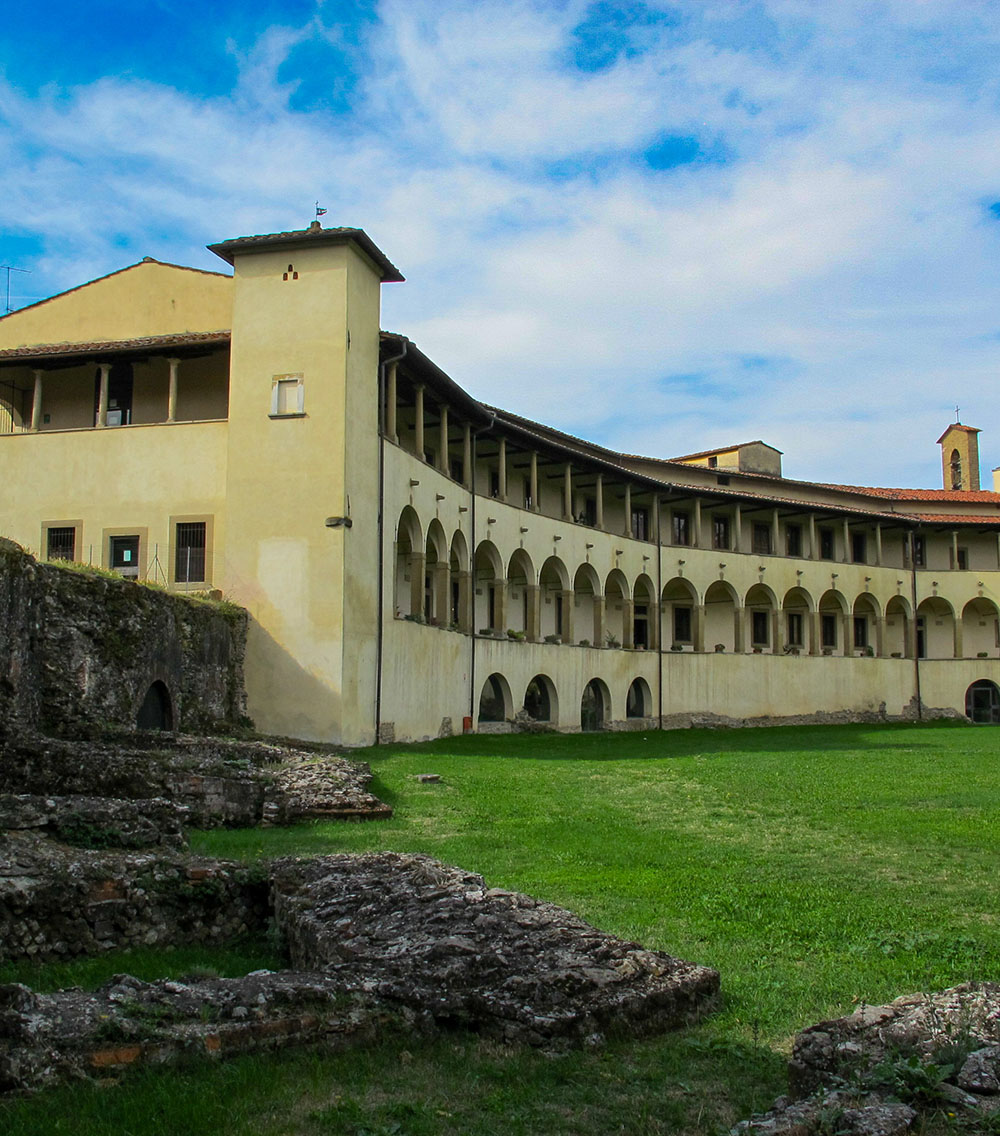
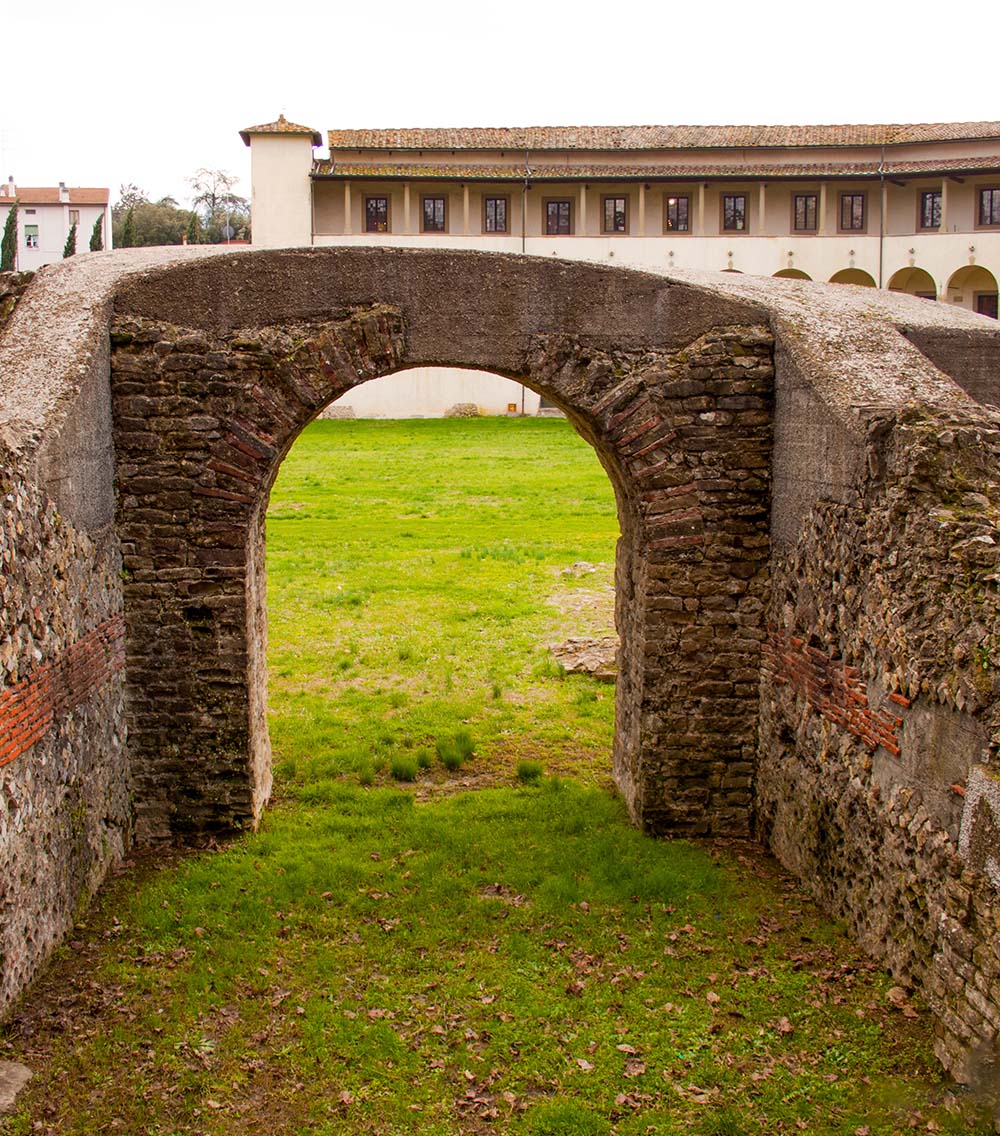
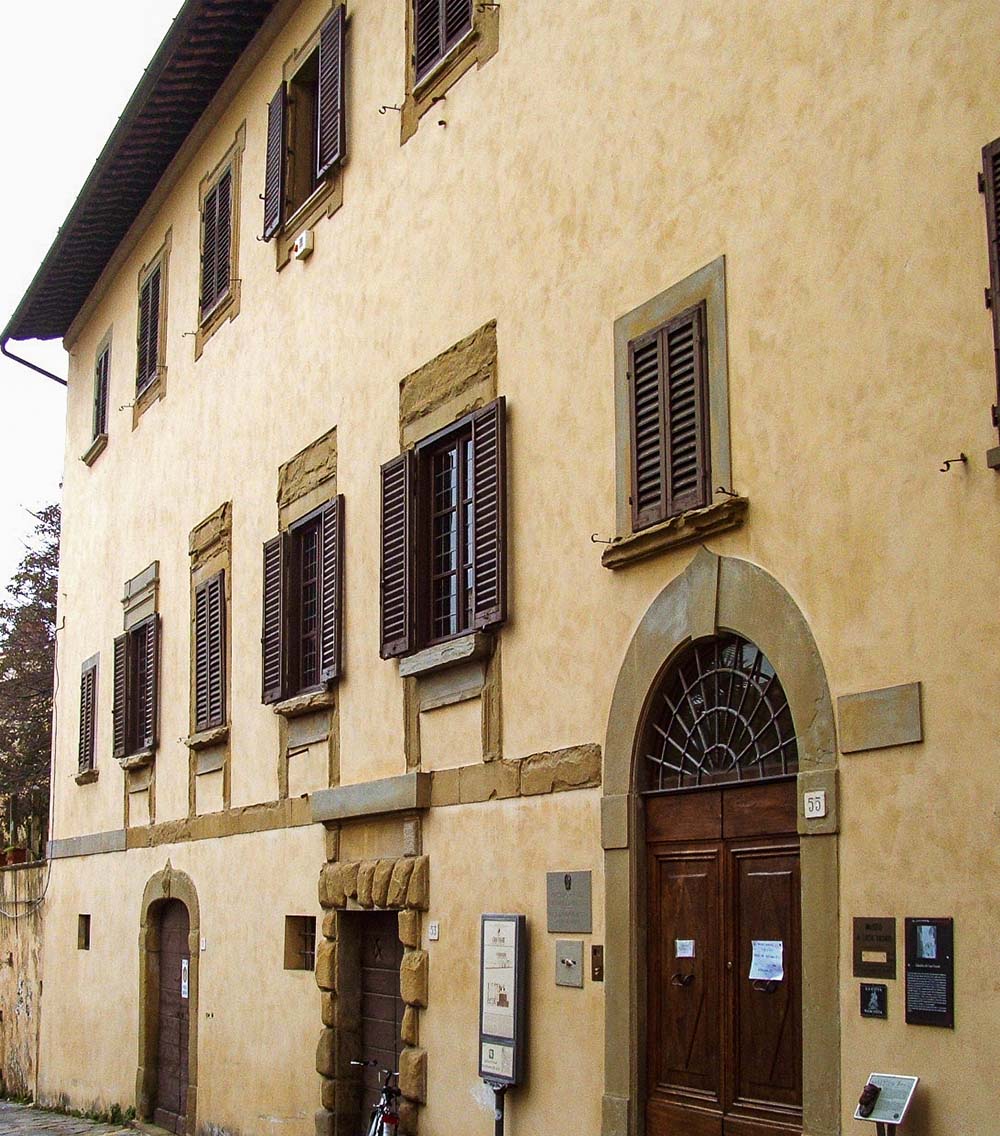
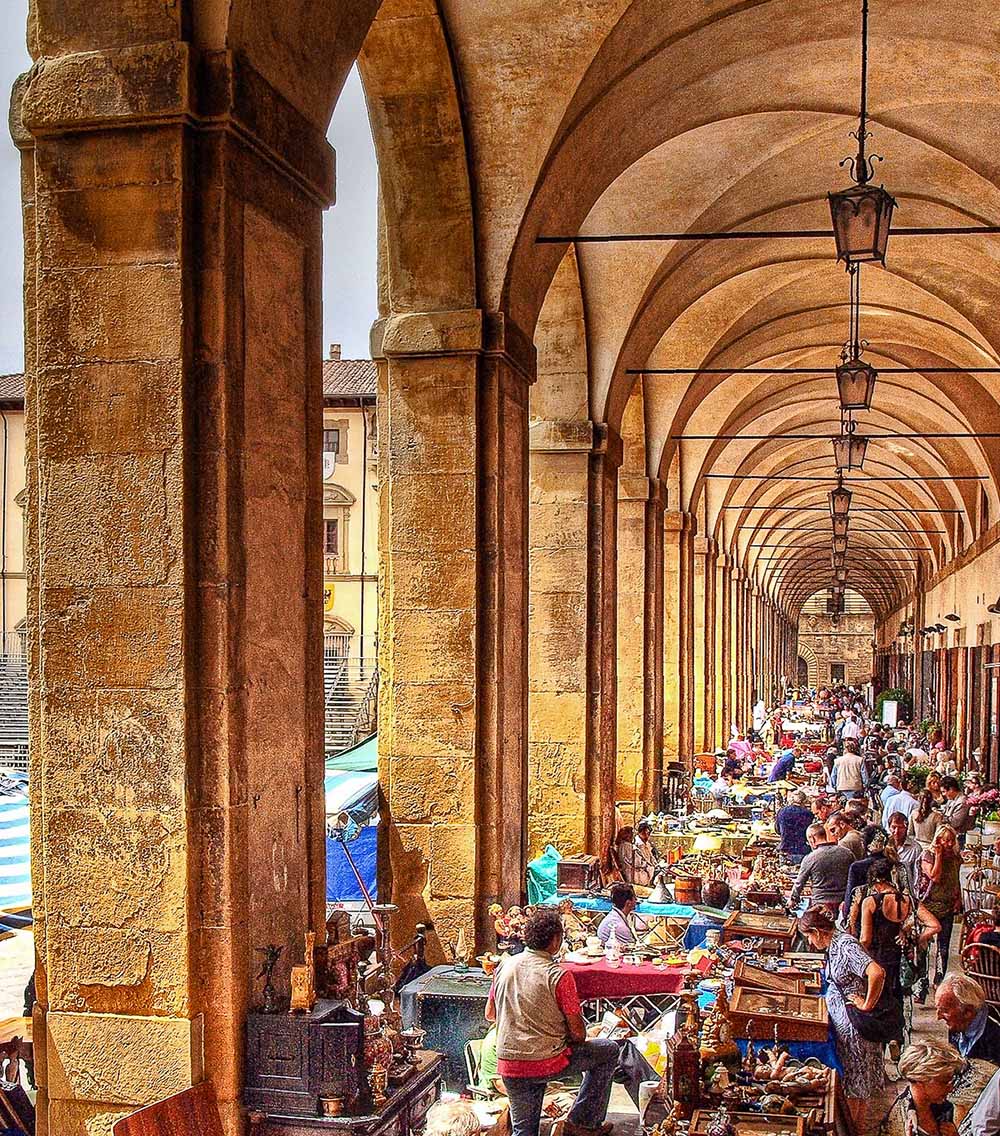

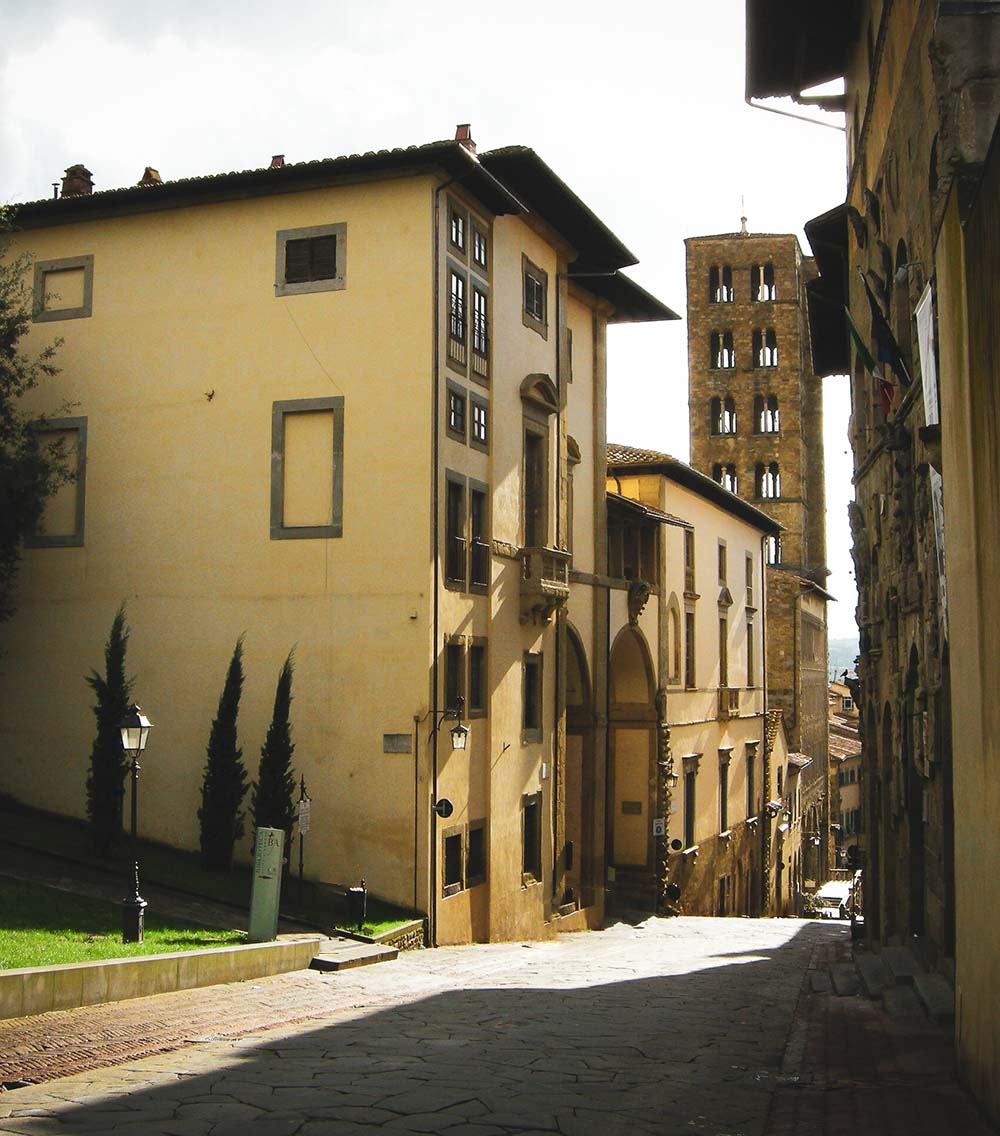
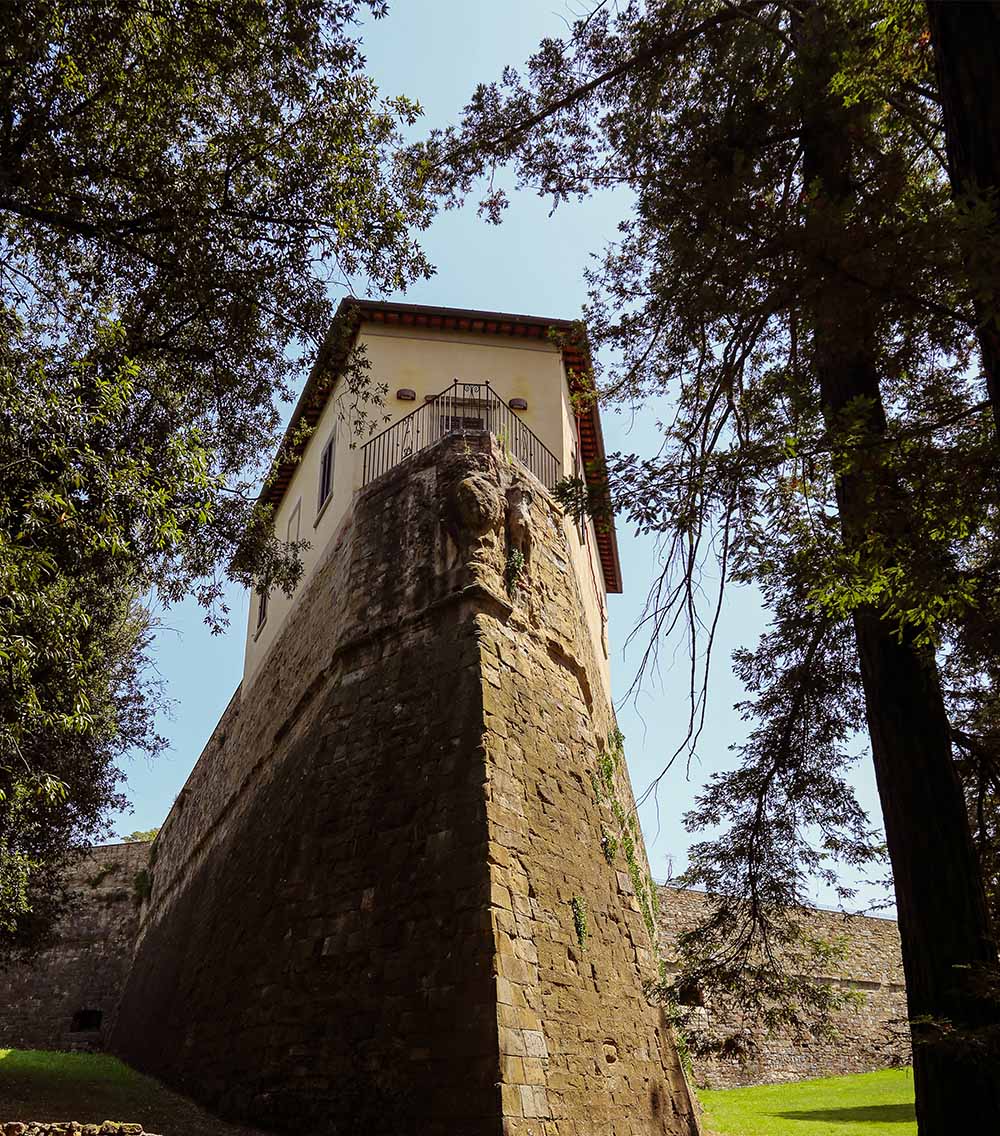
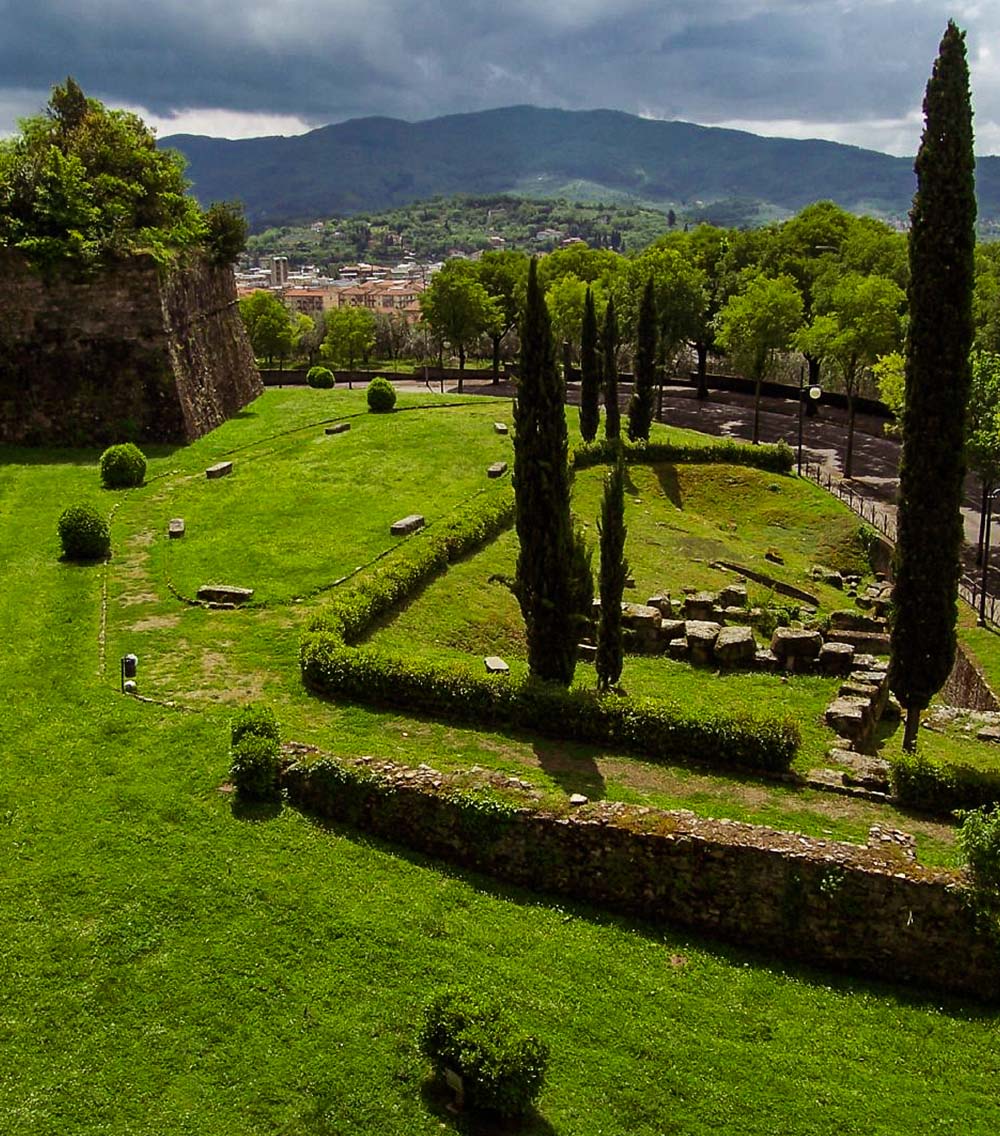

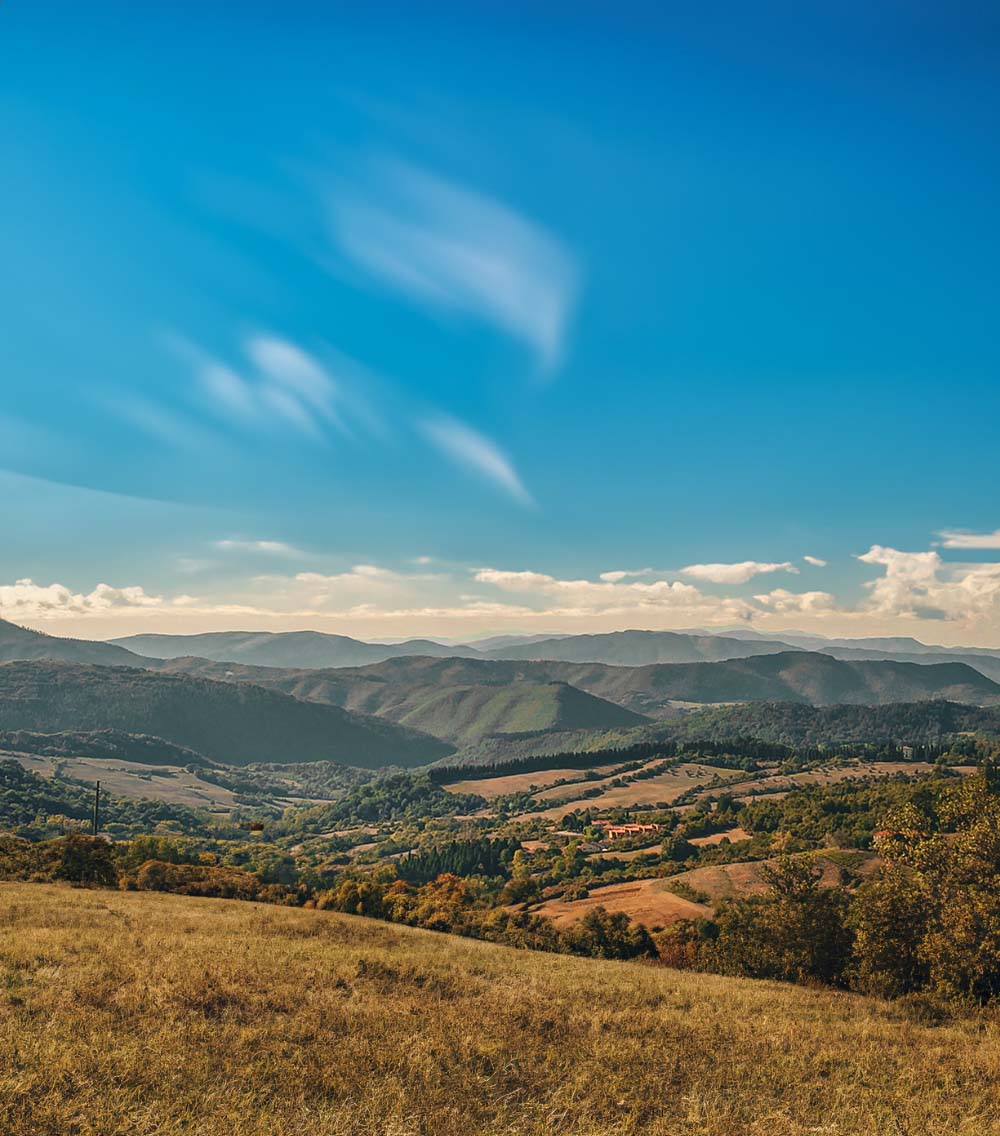

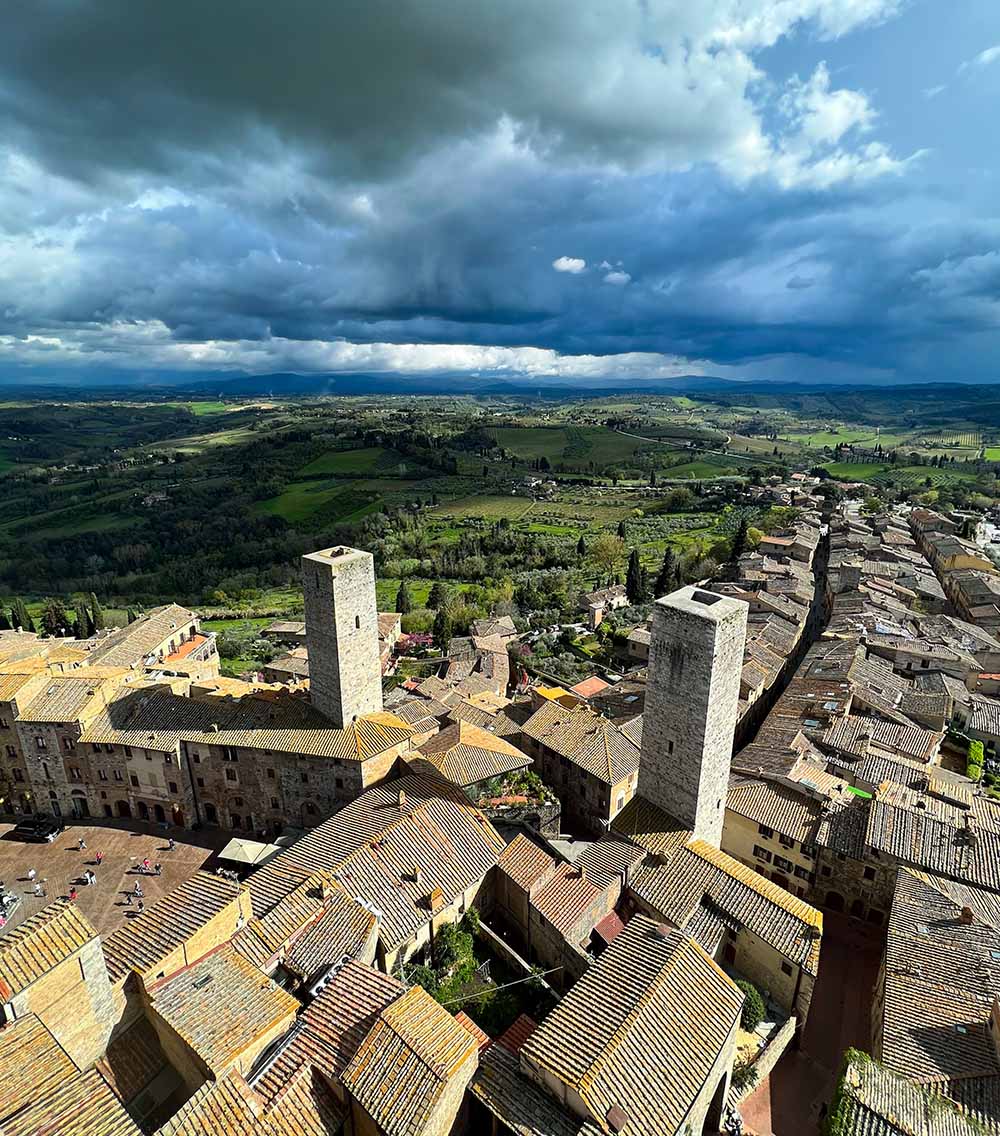
No Comments